Will co-roasting spaces become more popular in the specialty coffee sector?
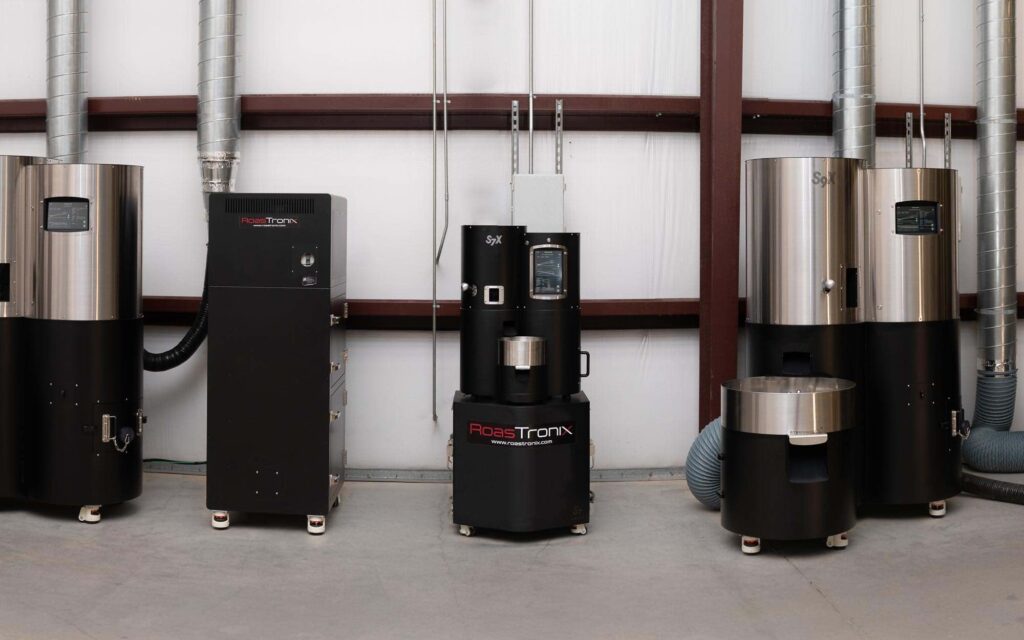
Now more than ever, home roasters, coffee shop owners, baristas, and producers are more interested in roasting their own coffee. While it can certainly be an exciting new venture – or even a natural career step – for many industry professionals, starting a roastery or small-scale roasting operation can also be a daunting task.
There are endless considerations to account for. These range from choosing a machine to finding a workspace to accommodate all equipment, storage space, and employees.
So in order to minimise these challenges and streamline operations, many budding new roasters have started to use co-roasting spaces.
These workspaces are much more flexible and accessible options for those interested in launching their own roasting business, but who may not have the ability to invest upfront in all the necessary resources.
To find out more, I spoke to Arash Hassanian, CEO of RoasTronix – a co-roasting space and an exclusive US distributor of Stronghold roasters. Read on for more of his insight.
You may also like our article on how automation makes the specialty coffee sector more productive.
What are co-roasting spaces?
Arash tells me that roasting collectives (or shared roasting spaces or roasting collectives) work very simply.
“They are collaborative facilities where roasters can rent and share roasting and packaging equipment,” he says. “These spaces also provide educational resources, hands-on support, training, and workshops.
“Classes held at co-roasting spaces usually cover a number of topics, such as roasting techniques, how to evaluate green coffee, and general advice for running a successful roasting business,” he adds.
Additionally, shared roasting spaces often host community events and public or private cuppings. In turn, they are designed to accommodate large groups.
As many different coffee professionals need to share machines and other pieces of equipment, roasters generally have to book hourly or daily slots.
“Roasters have the option to rent space and equipment based on a flexible schedule that meets their individual needs,” Arash says. “This allows them to reduce the initial investment in their business, while still having access to high-quality equipment.
“These spaces are also an affordable and accessible entry point for aspiring roasters, and a place for more established businesses to experiment and collaborate,” he adds.
Why are they becoming more popular?
With explosive growth of specialty coffee around the world, it’s inevitable that more industry professionals want to start their own roasting business. According to Euromonitor, the total value of global retail sales of coffee was US $180 billion in 2019. Moreover, it’s predicted to grow by another US $12.5 billion by the end of 2023.
When looking at co-roasting spaces specifically, it’s clear that accessibility is one of the biggest drivers of their popularity. For many roasting start-ups, the upfront investment required to rent space and purchase machinery is a significant barrier to success. Some of the most important pieces of equipment for a roastery of any size include:
High-quality roasters
De-stoners (which removes any physical contaminants from the beans, such as stones and small twigs)
Filling and packing machines for roasted coffee
“One of the biggest advantages is having easier access to premium roasting equipment because it helps to reduce any immediate expenses,” Arash explains. “Using shared roasting spaces means more coffee professionals have the ability to roast and sell their own coffee without worrying about the cost of equipment and rent.”
He tells me that RoasTronix is set to open its co-roasting facility in Houston, Texas in September 2023. The company will exclusively distribute Stronghold’s machines across the US.
“The shared roasting model is not only appealing to coffee enthusiasts who are new to roasting, but to established businesses as well,” he says. “These facilities are helping to bridge a gap in the industry, where previously individuals or brands were unable to roast coffee on a larger scale.”
Developing a sense of community
Alongside improving accessibility, roasting collectives also encourage coffee professionals to connect and share ideas. As roasters have to share machines and other equipment, using the same space inevitably provides more opportunities to collaborate.
“The sense of community fostered within these spaces also contributes to a stronger and more innovative specialty coffee sector,” Arash explains. “When roasters share their experiences and insight with each other, they collectively contribute to a better coffee industry.”
The benefits of using co-roasting spaces
Although roasting collectives are certainly most advantageous for micro roasters and other smaller-sized coffee businesses, companies of any size can benefit.
For example, buying expensive equipment – and paying for regular servicing and maintenance – means costs can quickly add up for roasters. Moreover, rental expenses can also be significantly reduced.
With access to a wide range of high-quality shared equipment in a designated workspace, roasters can invest their financial resources in other areas of their business.
“At RoasTronix, there are several Stronghold roasters available, including the S7 Pro and S7X – which both have a capacity of 850g,” Arash says. This makes these machines more ideal for smaller roasting operations and roasters looking to experiment with new profiles.
“The S9X machine, meanwhile, is available in both 3kg and 8kg-capacity models,” he adds. “All of our Stronghold machines are electric and include integrated smart technology, so roasters can save roast profiles to easily replicate when necessary.”
The immersive aspect of co-roasting spaces is also appealing to both industry professionals and coffee enthusiasts. Both can visit these facilities to learn more about roasting and the specialty coffee sector in general. In light of this, roasting collectives often display innovative and unique equipment and technology.
“We will showcase Stronghold’s S7 Pro, S7X, and S9X roasters, which have been used by many World Barista Championship competitors – including 2023 World Barista Champion Boram Um,” Arash tells me.
Better access to education
One of the key features of most co-roasting spaces is providing training opportunities, including workshops and one-on-one sessions with experienced industry professionals.
“RoasTronix offers a unique opportunity for anyone interested in roasting to get started quickly,” Arash explains. “Even if you’ve never roasted coffee before, you can start immediately with support from an experienced staff member.
“The interactive aspect of roasting collectives also offers a better level of guidance than watching a video or reading an article,” he adds. “Experienced roasters and newcomers alike are able to utilise the space with no barriers to entry or growth.”
A large part of this revolves around not only sharing knowledge and expertise on roasting techniques, but also on a much broader range of topics. These can include green coffee quality evaluation, how to develop closer partnerships with producers, and general guidance and advice on how to build a coffee business.
“Roasting in a shared facility with other experienced professionals means you have access to a community with a wealth of knowledge they are more than happy to share with you,” Arash says.
Ultimately, this only serves to improve coffee quality and build on roasters’ skills and proficiency.
Impact on the wider specialty coffee sector
Accessibility is one of the biggest challenges of specialty coffee. Some business owners experience many barriers to growth in an increasingly competitive market. Co-roasting spaces, however, are one of several solutions to these issues.
“I believe co-roasting spaces will bring about significant change in specialty coffee,” Arash says. “These facilities can help to inspire a fresh new wave of coffee roasters, and foster creativity and innovation in roasting.
“They have the potential to make the coffee industry more diverse, competitive, and exciting,” he adds. “There is a community-driven approach, where knowledge, expertise, and resources can be quickly shared and implemented.”
Furthermore, by creating immersive and interactive spaces for people interested in specialty coffee, roasting collectives help to bridge a gap in consumer knowledge. Visitors have the opportunity to engage with professionals, watch the roasting process themselves, and get a closer look at how machines work.
Driving coffee quality forward
Naturally, through fostering a more collaborative environment, co-roasting spaces can help roasters improve their skills and experiment with roast profiles. This ranges from seasoned professionals to those with less experience.
“This ultimately results in higher-quality coffee, as well as a more diverse range of roast profiles,” Arash says. “RoasTronix’s decision to create a co-roasting space is more than just an addition to our business portfolio. It’s a significant step towards making roasting more accessible, fostering a community of passionate roasters, and setting new standards in the industry.”
With demand for specialty coffee only continuing to grow, there are more reasons than ever before for industry professionals to start roasting their own coffee.
Co-roasting spaces can offer a more accessible route for smaller-sized businesses looking to diversify and grow. In turn, they are likely to become more popular in the coming years.
Enjoyed this? Then read our article on why some roasters are switching to electric machines.
Photo credits: Stronghold, RoasTronix
Perfect Daily Grind
Please note: Stronghold is a sponsor of Perfect Daily Grind.
Want to read more articles like this? Sign up for our newsletter!
The post Will co-roasting spaces become more popular in the specialty coffee sector? appeared first on Perfect Daily Grind.
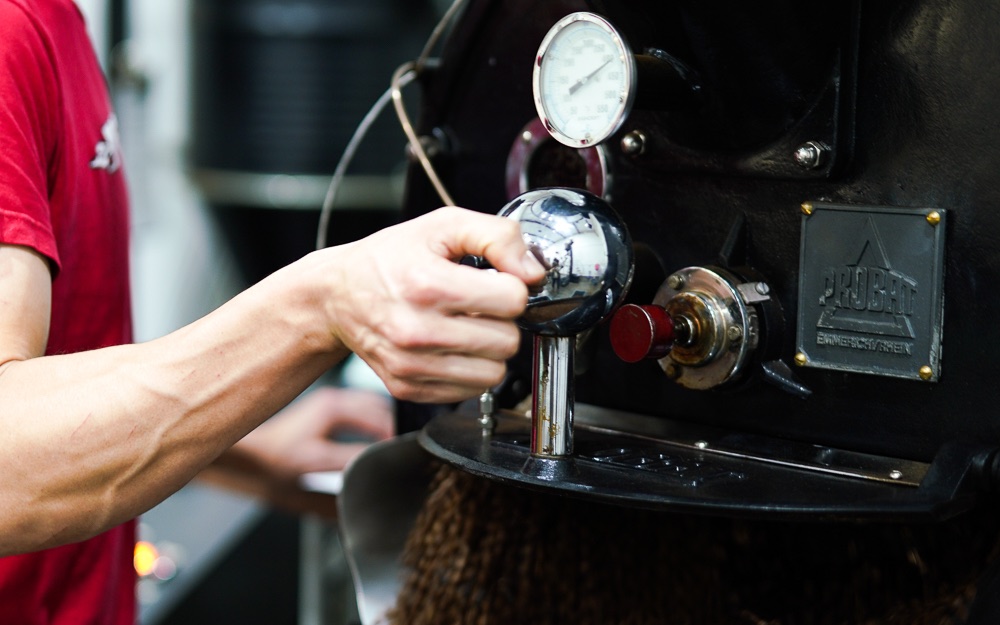
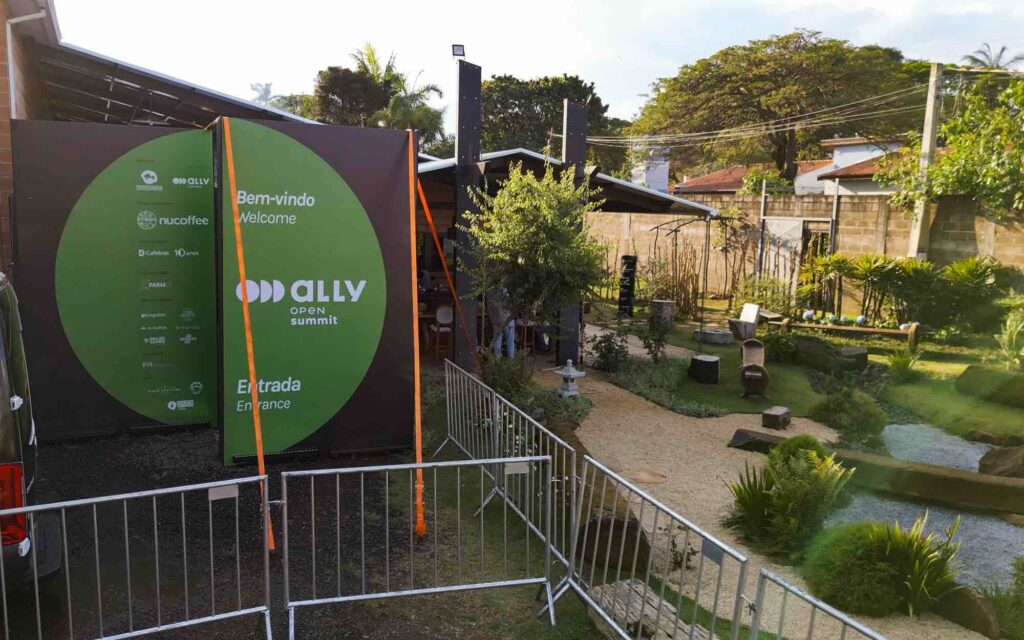
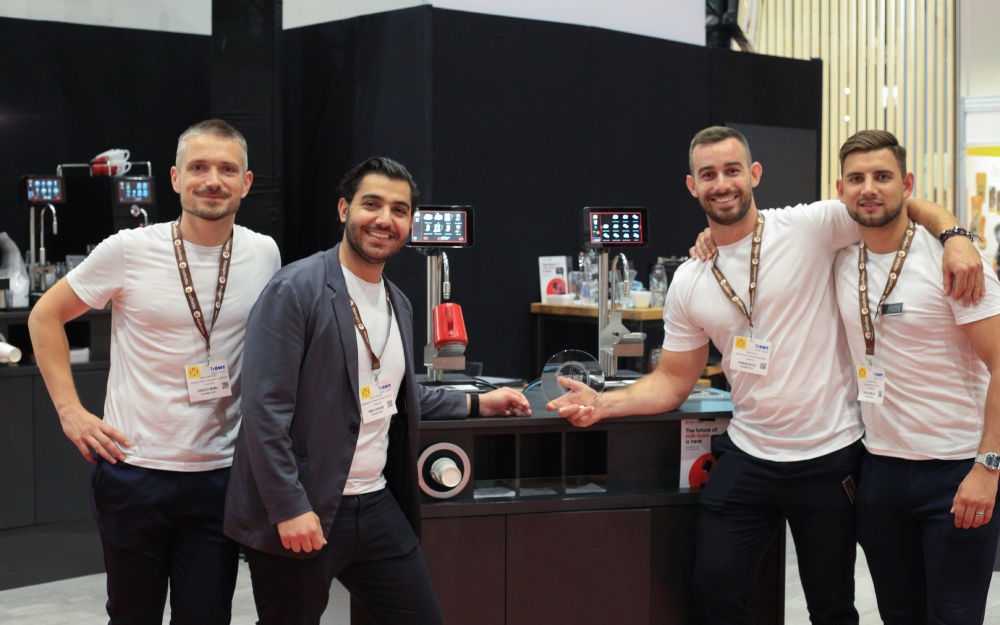
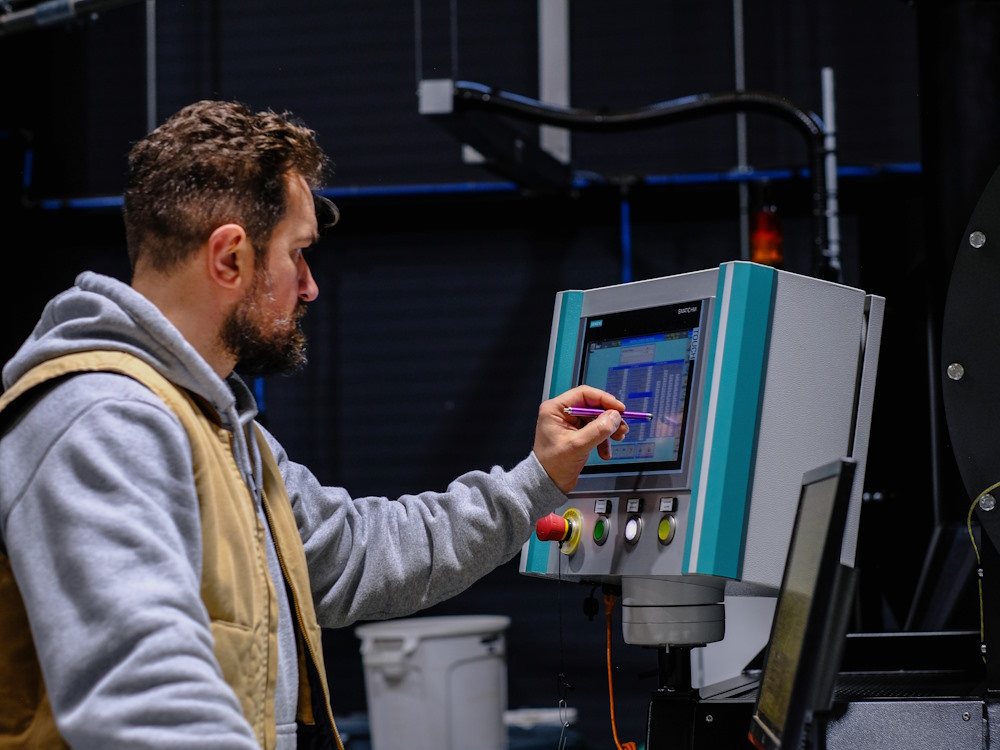
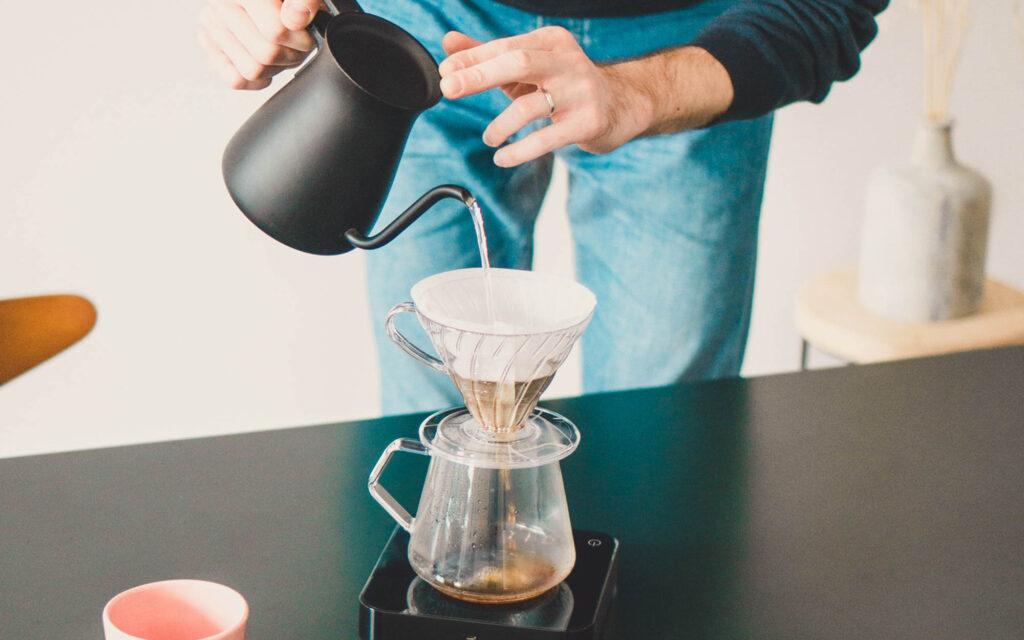
Responses